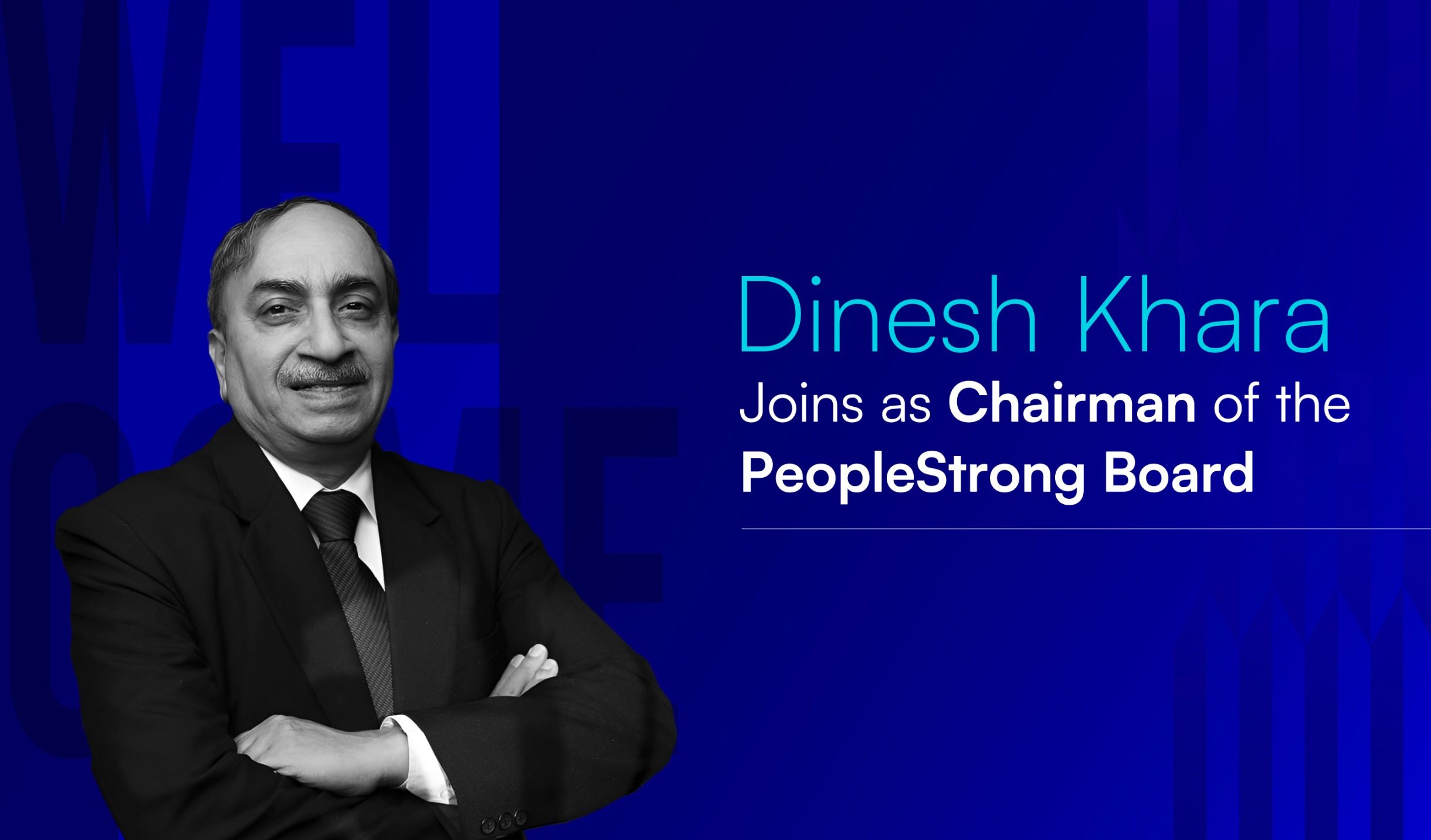Human Resources (HR) policies are crucial for building a successful and compliant organization. These policies provide a structured framework that guides employee behavior, ensures legal compliance, and fosters a positive workplace culture. Without clear HR policies, organizations risk facing misunderstandings, legal challenges, and decreased employee morale.
In modern business, having well-defined HR policies is not just a best practice; it’s essential. According to a survey by the Society for Human Resource Management (SHRM), 90% of organizations with formal HR policies report fewer workplace incidents and higher employee satisfaction. This highlights the critical role that HR policies play in creating a safe, fair, and productive workplace.
In this blog, we will provide a comprehensive overview of essential HR policies that every organization should have. Whether you are establishing a new company or updating your current policies, this guide will help you understand the key elements to include. We will help you understand how to create and maintain HR policies that support your organizational goals and enhance employee well-being.
What Are HR Policies?
HR policies are formal guidelines that outline how various employment-related matters should be handled within an organization. These policies serve as a roadmap for both employees and management, setting clear expectations and procedures for a wide range of situations.
From hiring practices to workplace conduct, HR policies ensure that everyone in the organization understands their roles, responsibilities, and the standards they are expected to uphold.
Role and Significance of HR Policies in an Organization
The role of HR policies extends beyond mere documentation. They are vital for maintaining consistency and fairness across the organization. Well-crafted HR policies help to:
- Ensure compliance with legal requirements, reducing the risk of legal disputes and penalties.
- Foster a positive and inclusive workplace culture by setting clear behavioral standards.
- Enhance employee satisfaction and retention by providing transparent guidelines on compensation, benefits, and career progression.
- Streamline HR processes, making it easier to manage employee-related issues efficiently.
- Protect the organization from potential liabilities by clearly outlining the procedures for handling grievances and disciplinary actions.
HR policies are not just about rules and regulations; they are about creating a structured environment where employees feel valued, respected, and motivated to contribute to the organization’s success.
Types of HR Policies
HR policies can be categorized into several types, each addressing different aspects of employment and workplace management. Understanding these categories helps in creating a comprehensive set of guidelines that cover all critical areas. Here are the primary types of HR policies:
- Employment Policies: These policies cover the processes related to hiring, onboarding, and termination. They ensure that the organization follows a fair and consistent approach when bringing new employees on board and when handling separations.
- Workplace Conduct Policies: These policies set the standards for employee behavior within the workplace. They include guidelines on professional conduct, anti-harassment policies, and measures to maintain a respectful and safe work environment.
- Compensation and Benefits: These policies outline the organization’s approach to employee remuneration. They cover salary structures, bonuses, health insurance, and other benefits, ensuring that employees are compensated fairly and transparently.
- Leave and Time Off Policies: These policies detail the types of leave available to employees, such as paid leave, sick leave, and parental leave. They provide clear instructions on how employees can request and manage their time off.
- Health and Safety Policies: These policies ensure that the workplace meets safety standards and that employees know the procedures to follow in case of an emergency. They are crucial for preventing workplace injuries and ensuring a safe working environment.
- IT and Data Security Policies: These policies address the proper use of technology and data protection within the organization. They include guidelines on the acceptable use of company devices, data privacy, and measures to safeguard sensitive information.
- Performance Management: These policies outline the processes for evaluating and improving employee performance. They include appraisal systems, performance improvement plans, and guidelines for providing constructive feedback.
- Diversity and Inclusion: These policies promote an inclusive workplace by ensuring that all employees are treated equally and with respect. They include strategies for fostering diversity and addressing any form of discrimination.
26 Must-Have HR Policies
Creating a comprehensive set of HR policies is essential for any organization. Here are the first 26 must-have HR policies, explained in detail:
1. At-Will Employment Policy
An at-will employment policy states that either the employer or the employee can terminate the employment relationship at any time, for any lawful reason. This policy provides flexibility but must be applied consistently to avoid discrimination claims.
It ensures that while employment can be terminated for any reason, it cannot be based on discriminatory motives such as gender, age, race, or religion. This policy is crucial for maintaining fairness and legal compliance within the organization.
2. Non-Discrimination Policy & Equal Employment Opportunity
This policy ensures that all employees are treated fairly and equally, regardless of their race, gender, age, religion, disability, or other protected characteristics. It promotes diversity, equity, and inclusion within the organization and ensures compliance with anti-discrimination laws.
This policy helps foster a respectful and inclusive workplace environment, protecting employees from discriminatory practices and promoting equal opportunities for all .
3. Anti-Harassment Policy
An anti-harassment policy is essential for maintaining a safe and respectful workplace. It defines harassment as any unwelcome conduct that violates an individual’s dignity or creates an intimidating, hostile, degrading, humiliating, or offensive environment.
The policy includes procedures for reporting harassment and ensures that complaints are investigated thoroughly and promptly. It covers both sexual and non-sexual harassment, ensuring a comprehensive approach to preventing and addressing harassment in the workplace.
4. Diversity, Equity, and Inclusion (DEI) Policy
This policy promotes a diverse, equitable, and inclusive workplace. It includes strategies for fostering an inclusive culture, addressing any form of discrimination, and ensuring that all employees feel valued and respected.
The DEI policy supports the organization’s commitment to diversity and inclusion by setting clear expectations and providing guidelines for promoting and maintaining an inclusive work environment.
5. Referral, Internal Job Posting, and Group Referral Policies
These policies outline the procedures for employee referrals, internal job postings, and group referrals. They encourage internal mobility and the use of employee networks to fill job openings.
These policies help the organization leverage internal talent and networks to find qualified candidates, promoting career growth and employee engagement within the company.
6. Background Verification Policy
This policy provides guidelines for conducting background checks on new hires. It includes procedures for verifying employment history, criminal records, and other relevant information to ensure a safe and trustworthy workforce.
The background verification policy helps the organization make informed hiring decisions, reducing the risk of hiring individuals with a history of harmful behavior or misrepresentation.
7. Remote Work Policy
As remote work becomes more prevalent, it is essential to have clear policies to maintain productivity and prevent burnout. This policy provides guidelines for employees working remotely, including expectations for availability, communication, and performance.
It also addresses the frequency of remote work, in-office presence, and the tools and resources needed to support remote work. Such policies help in managing remote work arrangements efficiently and ensure that remote work benefits both employees and the organization .
8. Recruiting and Hiring Policies
Recruiting and hiring policies guide organizations in hiring the most suitable candidates. These policies include guidelines for job postings, interviews, and selection criteria. They ensure that the hiring process is fair, consistent, and compliant with legal requirements.
Additionally, they cover document retention policies to maintain complete employment records, supporting both legal compliance and a smooth onboarding process. These policies help in attracting top talent and ensuring a transparent and efficient hiring process.
9. Workplace Violence Policy
A workplace violence policy is vital for ensuring the safety and well-being of all employees. This policy defines what constitutes workplace violence and outlines prohibited behaviors.
It includes procedures for reporting incidents and the disciplinary measures for policy violations. By instituting a zero-tolerance approach towards workplace violence, employers can create a healthy and productive work environment. This policy helps prevent incidents of violence and ensures prompt action if they occur .
10. Compensation Policy
A compensation policy outlines the company’s approach to employee remuneration, including salary structures, bonuses, and benefits. It ensures transparency and fairness in how employees are paid. The policy should include details on internal equity, overtime pay, merit increases, and other industry-related pay components.
Clear compensation policies help in maintaining employee satisfaction and trust, ensuring that all employees are rewarded fairly for their contributions.
11. Leave Policies
Leave policies detail the types of leave available to employees, such as vacation, festive, sick leave, sabbatical, bereavement, maternity, and parental leave. They provide guidelines for requesting and managing leave to ensure consistency and fairness.
Well-defined leave policies help employees balance their work and personal lives by providing clear and fair guidelines for taking time off. These policies also ensure compliance with legal requirements for leave, such as the Family and Medical Leave Act (FMLA).
12. Religious Accommodations
This policy provides guidelines for accommodating employees’ religious practices. It includes procedures for requesting accommodations and how the company will evaluate and implement them.
Ensuring that employees can practice their religion without discrimination fosters an inclusive and respectful workplace. This policy helps the organization comply with legal requirements and supports diversity and inclusion by respecting and accommodating various religious beliefs and practices .
13. Discipline Policies
Discipline policies outline the procedures for addressing employee misconduct. They include steps for progressive discipline, from verbal warnings to termination, to ensure fair and consistent handling of issues.
Clear discipline policies help maintain order and discipline in the workplace, providing a structured approach to managing employee behavior. They ensure that disciplinary actions are applied fairly and consistently, which helps in maintaining a positive and productive work environment .
14. Dress Code Policy
This policy sets standards for employee attire in the workplace. It includes guidelines for professional appearance and any specific requirements based on job roles or safety considerations.
A dress code policy helps maintain a professional image for the organization and ensures that employees are dressed appropriately for their roles. It can also include provisions for accommodating cultural or religious dress preferences, promoting inclusivity and respect for diversity.
15. Electronic Communications Policy
This policy sets standards for the use of company electronic resources, such as email, instant messaging tools, and the internet. It includes guidelines for appropriate use, data security, and monitoring to protect company data using tools like VPN for Windows, and maintain productivity.
The policy helps prevent misuse of electronic communications and ensures that employees use these tools responsibly and securely.
16. Attendance Policies
Attendance policies define expectations for employee attendance and punctuality. They include procedures for reporting absences and consequences for excessive absenteeism or tardiness.
Clear attendance policies help ensure that employees understand the importance of being present and on time, which is crucial for maintaining productivity and team cohesion. They also provide a framework for managing and addressing attendance issues fairly and consistently.
Suggested Read:
Guide to Calculate and Reduce Employee Absenteeism Effectively
17. ADA Reasonable Accommodation
This policy ensures that employees with disabilities receive reasonable accommodations to perform their job duties. It includes procedures for requesting accommodations and evaluating requests.
The policy ensures compliance with the Americans with Disabilities Act (ADA) and promotes an inclusive workplace by supporting employees with disabilities. It outlines the responsibilities of both the employer and the employee in making and implementing accommodation requests.
18. Meals and Break Periods
This policy outlines the company’s policies for meal and break periods. It includes the duration and frequency of breaks to ensure employees have adequate rest and comply with labor laws.
Clear policies on meals and breaks help maintain productivity and employee well-being by ensuring that employees take necessary breaks during their workday. These policies also help the organization comply with legal requirements regarding rest periods and meal breaks.
19. Bereavement Leave Policy
This policy provides guidelines for taking time off following the death of a family member. It includes the amount of leave available and the process for requesting bereavement leave.
Bereavement leave policies support employees during difficult times by allowing them to take time off to grieve and attend to personal matters. These policies promote compassion and understanding within the organization, helping to maintain a supportive and empathetic workplace culture .
20. Nepotism Policy
This policy addresses the employment of family members within the organization. It includes guidelines to prevent conflicts of interest and ensure fair treatment of all employees.
A nepotism policy helps maintain fairness and objectivity in hiring, promotions, and other employment decisions by preventing favoritism and conflicts of interest. It ensures that all employees are treated based on their qualifications and performance, rather than personal relationships .
21. Immigration Policy
This policy provides procedures for verifying the work authorization of employees. It includes guidelines for completing Form I-9 and ensuring compliance with immigration laws.
This policy ensures that the organization hires employees who are legally authorized to work, helping to avoid legal penalties and ensuring compliance with federal and state laws. It also outlines the responsibilities of both the employer and the employee in providing and verifying necessary documentation (indeed).
22. Social Media Policy
A social media policy is necessary to protect the company’s reputation and confidential information. This policy defines acceptable use of social media by employees, both in a personal and professional capacity. It provides guidelines on how employees should represent the company online and the consequences of violating these guidelines.
The policy aims to prevent any negative impact on the company’s reputation and safeguard against legal liabilities. Regular updates to this policy are essential due to the constantly changing nature of social media.
23. Supplemental Workforce Policy
This policy defines the use of temporary, contract, or freelance workers. It includes procedures for hiring and managing these workers to ensure compliance with labor laws and company standards.
This policy helps organizations manage their supplemental workforce effectively, ensuring that all workers, regardless of their employment status, are treated fairly and consistently. It also outlines the roles and responsibilities of supplemental workers, helping to integrate them smoothly into the organization (indeed)(AIHR (1)).
24. Workplace Injury Reporting
This policy provides procedures for reporting workplace injuries. It includes steps for seeking medical attention, documenting incidents, and following up to prevent future injuries.
Prompt reporting of injuries helps the organization to address hazards and improve workplace safety. It also ensures compliance with legal requirements for reporting and recording workplace injuries, which is crucial for avoiding legal penalties and ensuring employee welfare.
25. EEO Policy
An Equal Employment Opportunity (EEO) policy confirms the company’s commitment to providing equal opportunities for all employees and job applicants. It prohibits discrimination based on race, sex, age, religion, disability, national origin, color, genetics, and other protected characteristics.
This policy ensures compliance with federal laws enforced by the Equal Employment Opportunity Commission (EEOC) and promotes a diverse and inclusive workplace.
26. Drug and Alcohol Policy
This policy sets the standards for the use of drugs and alcohol in the workplace. It includes procedures for testing, such as random testing, post-incident testing, and reasonable suspicion testing.
The policy also outlines the consequences of violating the policy and provides support for employees with substance abuse issues. Ensuring a drug-free workplace is crucial for safety and productivity, especially in industries where impairment can lead to serious accidents.
Conclusion
Well-defined HR policies are essential for any organization. They provide a framework that guides employee behavior, ensures legal compliance, and fosters a positive workplace culture. Each policy, from at-will employment to background verification, plays a crucial role in maintaining a fair, safe, and productive work environment.
Regularly review and update your HR policies to keep them relevant and effective. Assess your current policies and identify any areas needing improvement or new policies that should be added.
Clear and consistent HR policies benefit both employees and the organization. They ensure fair treatment, reduce legal risks, and create a workplace where employees feel valued and motivated. Investing in comprehensive HR policies protects your organization and promotes a positive work environment.
HCM software like PeopleStrong streamlines the management and consistent application of HR policies across the organization. By centralizing and automating policies, it ensures uniformity and reduces manual errors.
PeopleStrong’s mobile-first platform also makes policies easily accessible to employees anytime, promoting transparency and empowering them with the information they need. This efficient policy management enhances communication and integrates HR policies into daily operations, fostering a cohesive work environment.












